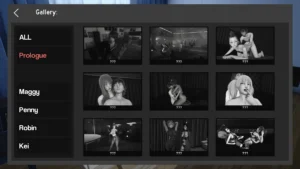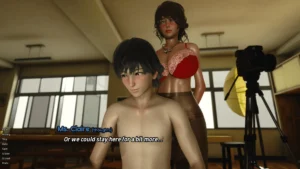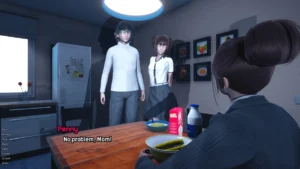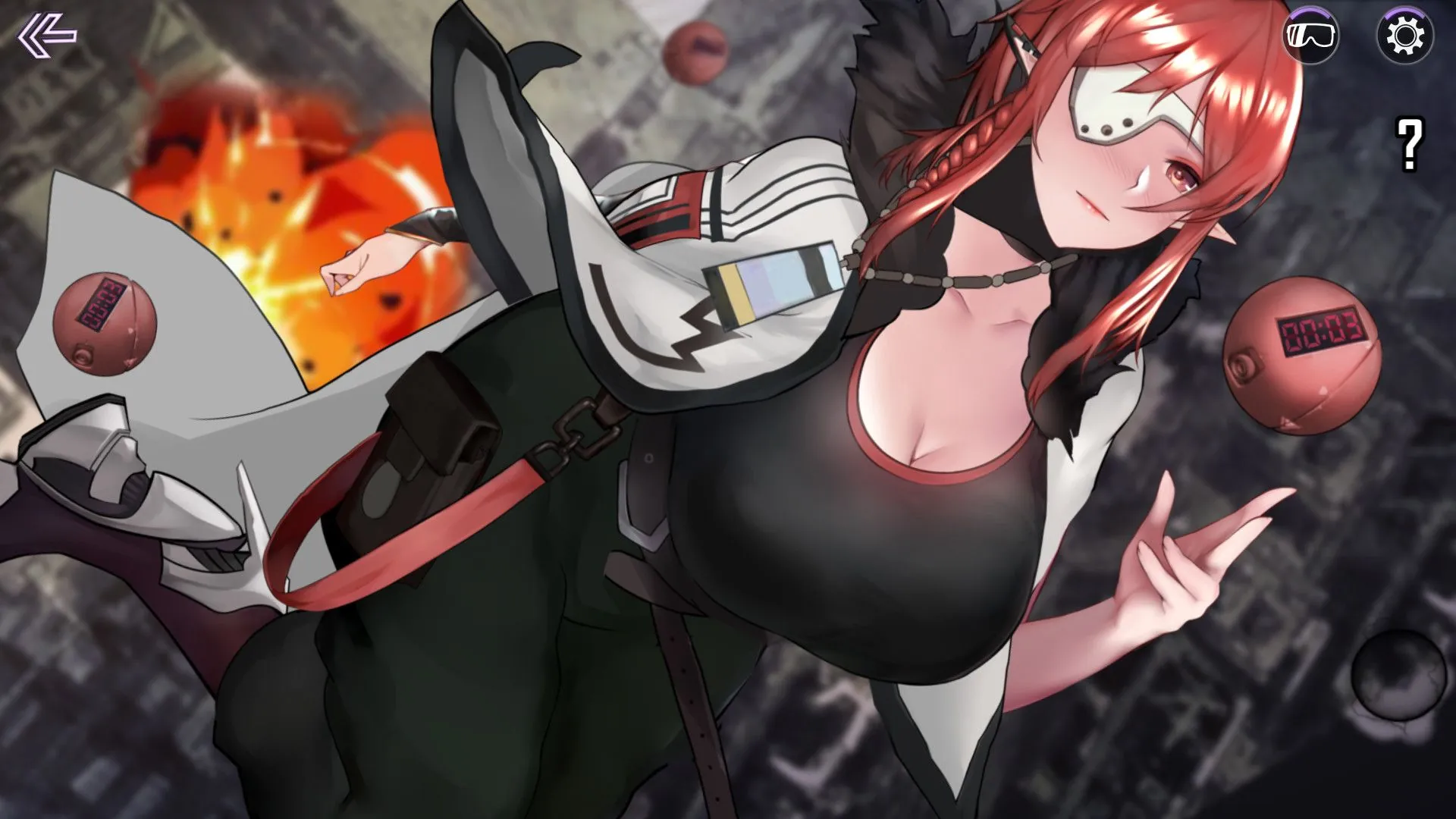
The Sin Within
Play The Sin Within
The Sin Within review
A Deep Dive into the Controversial Game
In the realm of digital entertainment, few titles have sparked as much debate as ‘The Sin Within’. This game, known for its mature themes, has captured the attention of many due to its unique blend of storytelling and gameplay. As we delve into the world of ‘The Sin Within’, we’ll explore its core mechanics, the controversy surrounding it, and what players can expect from this immersive experience.
Understanding ‘The Sin Within’
I still remember the first time I booted up ‘The Sin Within’ game. It was 2 AM, the house was silent, and within minutes, my heart was pounding. This isn’t your typical horror title you play with friends for a laugh; it’s a psychological deep dive that stays with you long after you’ve turned off the console. 🕹️😨 If you’re curious about the buzz—both good and bad—surrounding this title, you’ve come to the right place. Let’s pull back the curtain.
What is ‘The Sin Within’?
At its core, ‘The Sin Within’ is a narrative-driven psychological horror experience. It places you in the worn-out shoes of Alex, a former detective grappling with his own past traumas while investigating a series of disturbing phenomena in a secluded, decaying town. The game masterfully blends exploration, puzzle-solving, and tense, vulnerable combat. 🧩🔦
What truly sets ‘The Sin Within’ apart is its uncompromising commitment to its atmosphere. The developers weren’t interested in creating just another jump-scare factory. Instead, they built a world that feels sick, heavy, and morally ambiguous. This is a prime example of how mature themes in games can be used not for shock value, but as the central pillar of the narrative, forcing players to confront uncomfortable questions about guilt, redemption, and the nature of evil.
Key Features and Gameplay
The gameplay in ‘The Sin Within’ is deliberately slow and methodical. You won’t feel like a super-soldier; you’ll feel like a desperate man clinging to sanity. The mechanics are designed to reinforce the themes:
- Sanity System: Your character’s mental state is a resource. Witnessing horrific events or making morally dubious choices degrades your sanity, affecting everything from visual clarity to the effectiveness of your tools.
- Environmental Storytelling: The town itself is a character. You’ll piece together the tragedy that unfolded there not through lengthy cutscenes, but through found notes, environmental details, and haunting echoes of the past. 📜👻
- Consequence-Driven Choices: The game presents you with seemingly small decisions that ripple outward, subtly altering character interactions and even the environment later on.
Here’s a quick breakdown of the core gameplay elements:
| Gameplay Element | Description | Player Experience |
|---|---|---|
| Exploration | Slow-paced investigation of dense, non-linear environments. | Feeling of dread and discovery; constant unease. |
| Puzzle-Solving | Logic-based and psychological puzzles integrated into the world. | Mental engagement that deepens immersion in the narrative. |
| Combat | Limited resources, high vulnerability; often avoidance is wiser. | Raw fear and tension, not power fantasy. |
My Tip: Don’t rush. The magic of ‘The Sin Within’ is in the quiet moments of observation. Let the atmosphere sink in.
For example, one early puzzle doesn’t just require you to find a key. You must actively choose to destroy a cherished memento from a character’s past to proceed, immediately making you complicit in the game’s thematic exploration of loss. This is a brilliant, hands-on way the game presents its mature themes in games.
Player Reception and Controversy
The player reception for ‘The Sin Within’ has been fiercely divided, which is often the mark of a work that dares to be different. This division is at the heart of the ongoing game controversy.
On one hand, many players and critics have hailed it as a masterpiece. They praise its brave storytelling, incredible sound design, and its refusal to hand-hold. For them, it’s a landmark title that elevates the potential of adult content in gaming, treating its audience with intellectual respect. I fall into this camp; I found its unflinching look at psychological decay to be profoundly moving and memorable. 🏆
On the other hand, the very same elements have drawn significant criticism. The game controversy largely stems from its pacing and content. Some players found it “boring” or “pretentious,” arguing that the slow burn doesn’t pay off. The depiction of its mature themes in games—including intense psychological breakdowns and morally harrowing choices—has been labeled as excessive and unnecessarily bleak by some.
A friend of mine, a seasoned gamer, put down the controller halfway through, saying it was “too much.” That’s a valid reaction. This title doesn’t aim to please everyone; it aims to provoke a response. The player reception is a case study in how audiences respond when games push boundaries.
Ultimately, ‘The Sin Within’ is more than just a game; it’s an experience. It challenges what the medium can be and forces a conversation about the role of discomfort in art. The ‘The Sin Within’ game will not be for you if you seek light entertainment. But if you’re looking for a title that will crawl under your skin and make you think, you might just find, as I did, that its haunting world is impossible to forget. 💭
In conclusion, ‘The Sin Within’ offers a unique gaming experience that combines mature themes with engaging gameplay. While it may not appeal to all audiences due to its content, it certainly provides a thought-provoking journey for those interested in exploring complex narratives. For those curious about the game, it’s worth diving in to experience its depth firsthand.
























